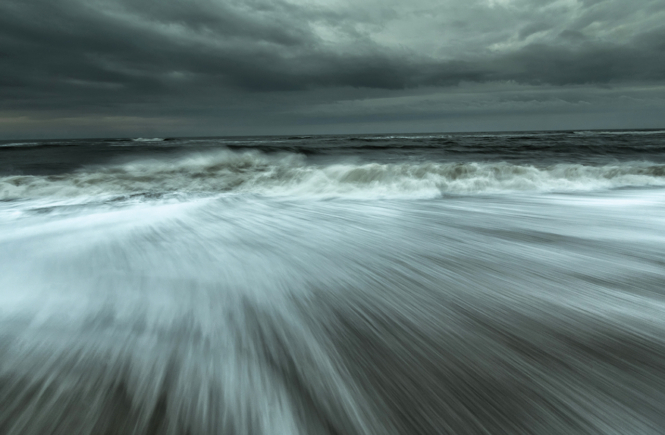Legendary Spanish shipwrecks off the coast of Assateague Island have produced mysteries, death, treasure, connection to its famous horses and even a landmark international legal battle that reached the U.S. Supreme Court
Story by Ian Post | Assateague Artifact Photography by Marci Ryan
Just off the coast of Assateague Island, historic shipwrecks have left behind rare remnants of the past. After an international legal dispute that eventually reached the U.S. Supreme Court, some of the artifacts that washed up or were recovered from the sea are now on display at the Assateague Island National Seashore Visitor Center.
In August 1750, an Irish captain, Daniel Huoni, led the La Galga in a fleet of Spanish ships that were headed from Cuba to Spain when a hurricane struck them. Near the coast of Virginia, Huoni tried to enter an inlet on Assateague Island that no longer exists and ran aground. While some soldiers, sailors and English prisoners on the ship tried to swim ashore, several dying in their attempts, Native Americans soon rescued the La Galga crew in canoes. Along with the La Galga crew were Spanish horses, which, if legends are true, could be the ancestors of Assateague’s famous ponies. Word about treasure and goods near shore quickly spread across Colonial Worcester County and, while a load of mahogany and some other things were salvaged, a storm soon hit the ship, causing it to break up and disperse into the sea.
Fifty-two years later, the Juno was sailing from Veracruz, Mexico, to Spain, making stops in Cuba and Puerto Rico to board soldiers of the Spanish Third Battalion of the African Regiment, their families and civilian officials. With more than 413 people aboard, as well as $500 million in silver pesos, the Juno hit October storms near Bermuda that caused leaks in the hull and damaged other parts of the ship. When a U.S. ship, the Favorite, came to help, seven Spanish soldiers boarded the vessel to assist with the rescue, and slight repairs were made to the Juno’s rudder. However, late at night and into the early morning, the Juno and over 400 people tragically sank into the misty waters just a few miles from the coast of Assateague Island.
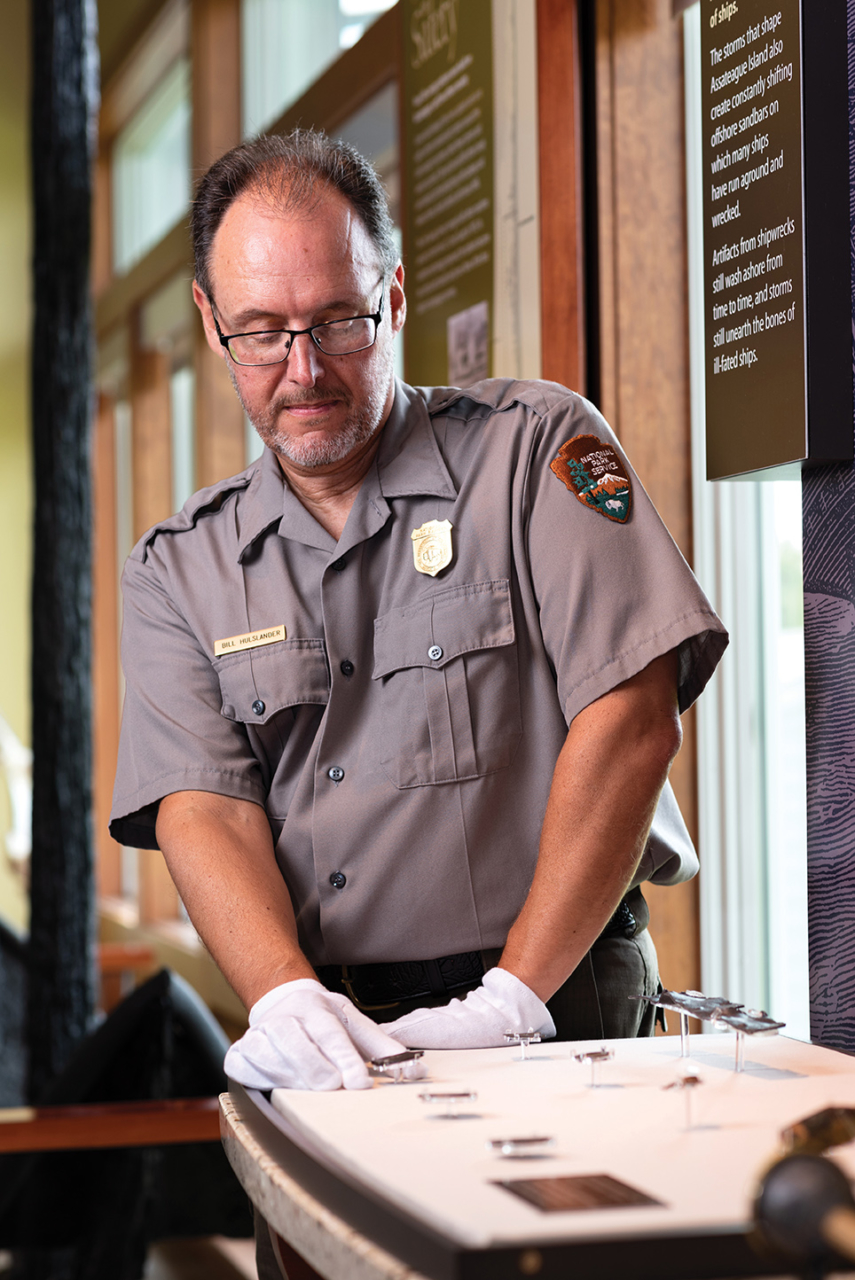
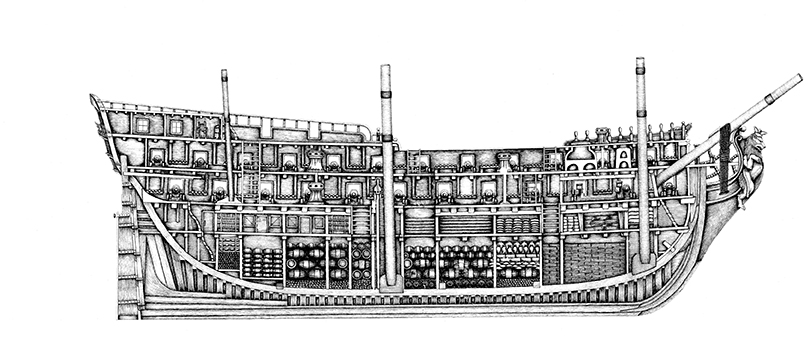
LOST AND FOUND
La Galga, depicted in this centuries-old Spanish drawing, was a 50-gun frigate commissioned into the Spanish Navy in 1732. She left Havana, Cuba, on her last voyage, on August 18, 1750, in order to escort a convoy of merchant ships to Spain. On August 25, 1750, the convoy encountered a hurricane near Bermuda that scattered the ships and forced them westward toward the American coast. La Galga eventually sank off the coast of the Maryland-Virginia border. Bill Hulslander, Assateague Island National Seashore’s chief of resource management, examines what is believed to be some of her historic artifacts.

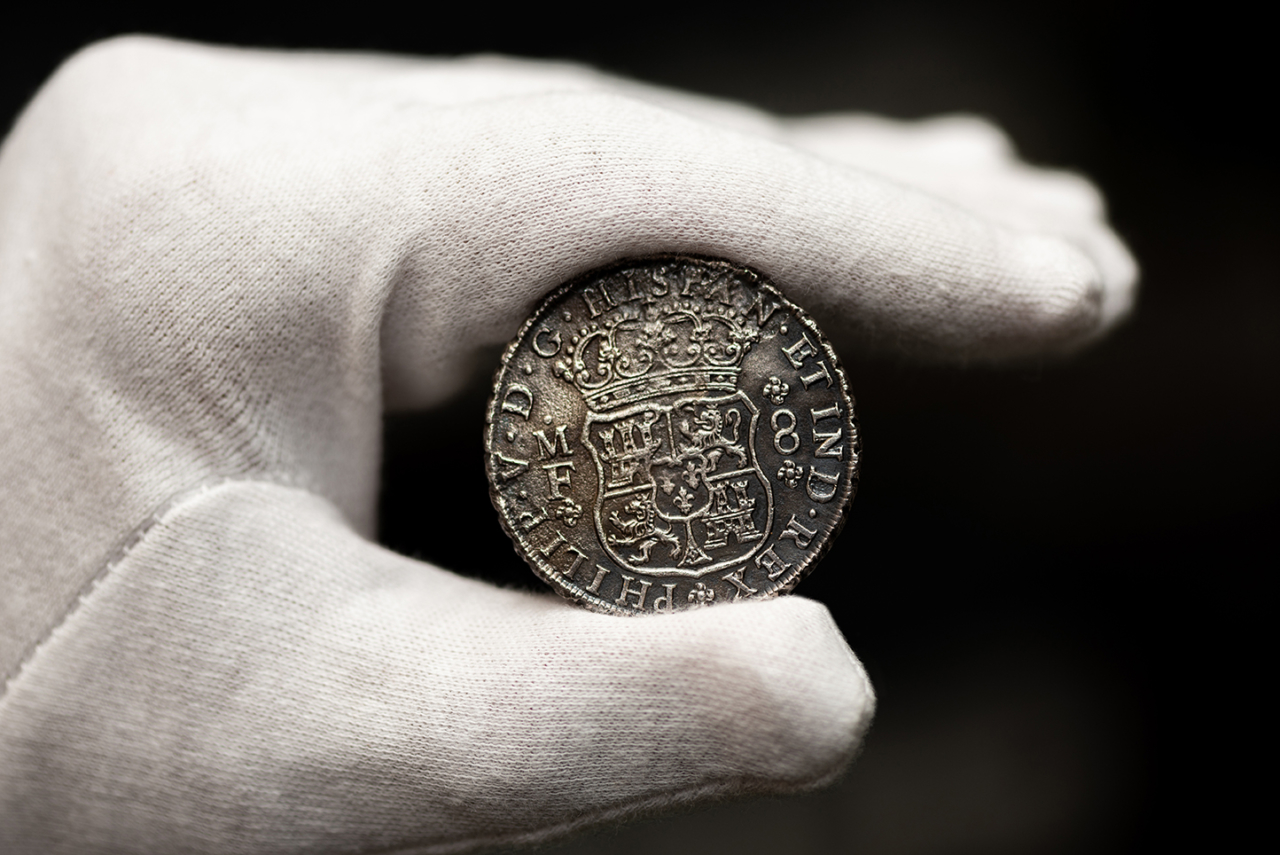
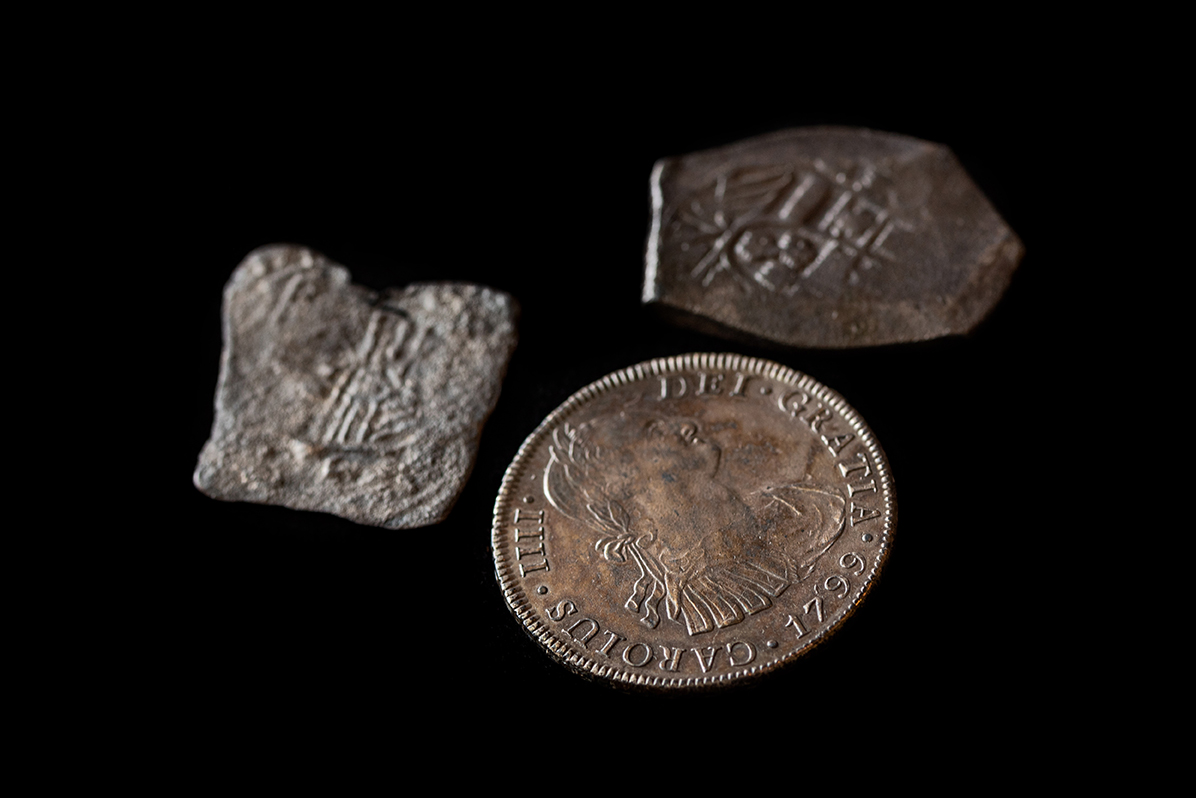
Thankfully, the National Park Service (NPS) and Spanish Ministry of Education, Culture, and Sports reached an agreement in 2006 to lend the artifacts recovered from the suspected Juno and La Galga wrecks for display in the Assateague Island National Seashore Visitor Center. Included in the free public display are an impressively tall anchor, a spoon and bottle that hint at life aboard the ships, wooden and metal fragments, and colonial Spanish coins — some with mint markings remaining and others that have been smoothened by the sea.
And while experts will argue over whether Sea Hunt discovered the actual Juno and La Galga sites, the fact remains that shipwrecks lie all over the Chesapeake and the Eastern Shore’s Atlantic Coast, with more local and international treasures waiting to be discovered. CS

